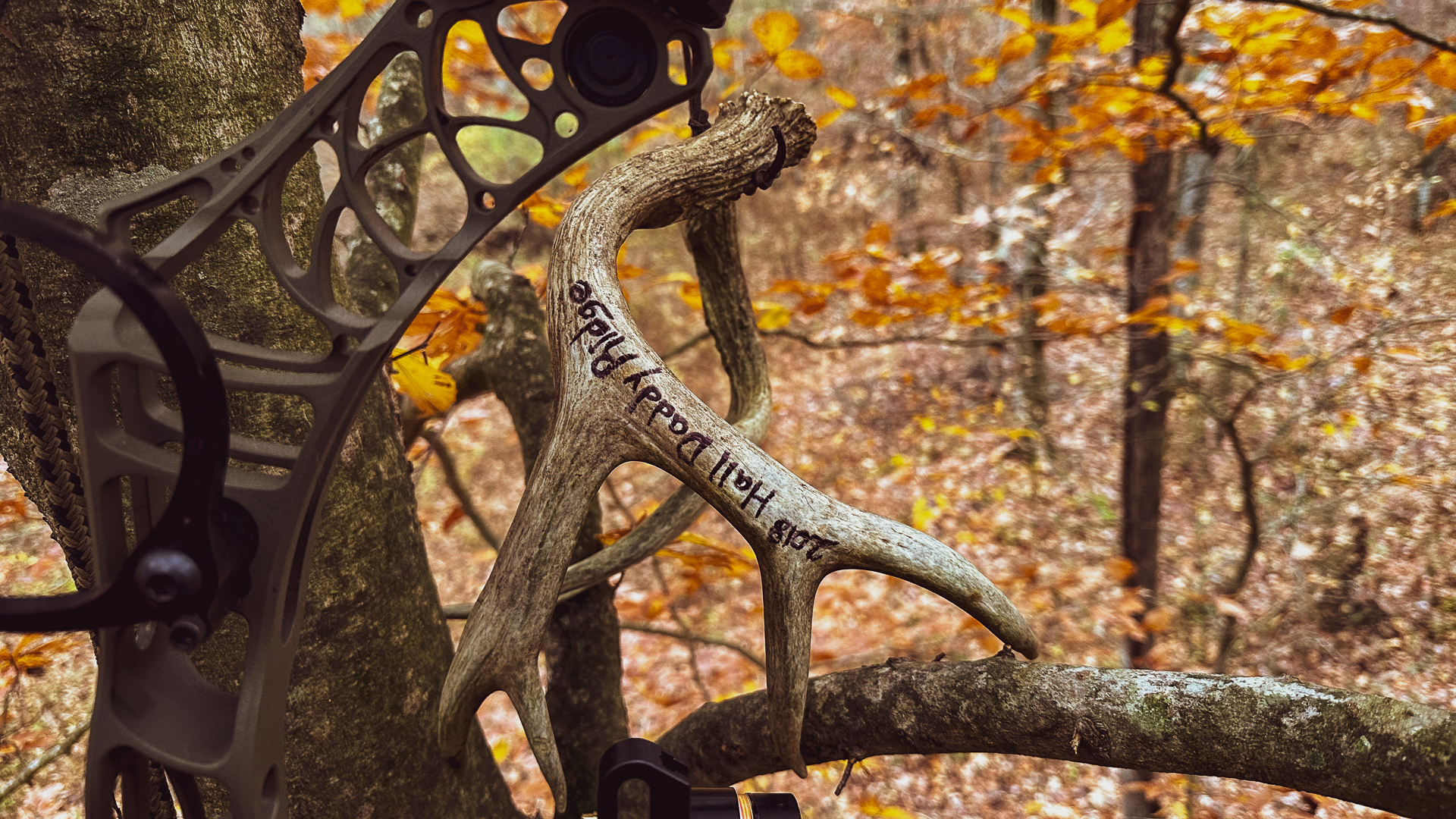
In the world of prescribed burning, three types of fires are used; a "backfire," "head fire," and "flank fire," and each type provides differing intensities for varying results.
Types of Controlled Burns
Backfire
The slowest and easiest to control is a “backfire,” which burns into the wind. Flame length is sometimes so low you can step over the fire. However, that all depends on the fuel load on the ground. Fuel load is typically the amount of duff, leaves and dead grass on the ground – stuff that will burn. If you are burning slopes, this fire would be started at the top of the hill and slowly creep down slope. In most cases you can out-walk a backfire. Backfires are considered “cool” fires in that little damage is done to the larger trees.
Ironically, because a backfire is slow, the heat remains on site longer. This longer duration is perfect for killing smaller woody stems. It only takes 146° F to break the cambium on small trees, which is sufficient to kill them. If you are managing a native grass stand with woody encroachment, a backfire may be the best way to knock it back. These cooler fires are normally ignited when air temperatures are less than 68°and relative humidity is more than 50%.
Head Fire
The opposite of a backfire is the “head fire.” These fires move up slopes at incredible speeds and even over flat ground, the slightest wind will move flames rapidly over a site. Flame lengths are many feet long with extremely high heat, which will push high into the canopies of trees. Because the heat is moving ahead so rapidly, the fire is actually further drying the fuel ahead of the main fire, increasing the intensity of the fire.
If you want to eliminate dense trees or shrubs such as cedar, a hotter fire may be needed. In these conditions, you may be working in temperatures above 75° with relative humidity less than 30%. Needless to say, this is a dangerous situation and should only be attempted by qualified fire crews.
Flanking Fire
Location of ignition points is always important. The primary ignition point should always be on the backside or area where the wind is blowing against the flame, pushing it into the firebreak. Experienced burners know to watch this first small flame, as it indicates how the fire will behave. As the flame begins widening, each person with a torch moves the flame along the line keeping the backfire parallel, along the same line. At this point you want the firebreak widened by increasing the burned area or blackline. Move the fire across the entire blackline and then begin edging up the sides after the blackline has increased. Communication between crew members is essential.
Across time, fires have dominated many ecosystems throughout the United States, particularly in the Southeast, Great Plains and the Appalachian Mountain Region. There is a definite history of fires not only in these regions, but in every area in the U.S. Prescribed burns are an important tool of reforestation.































